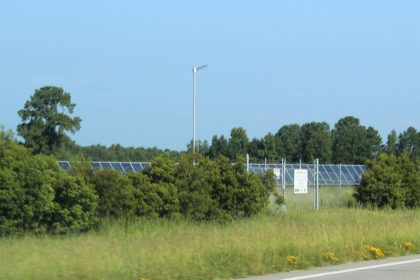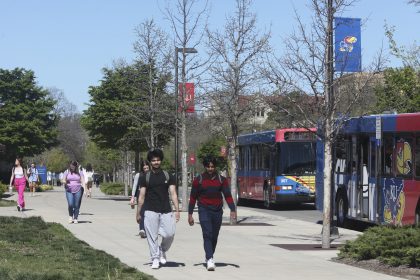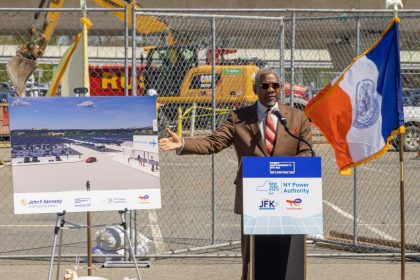Ohio Begins Process of Verifying Voter Rolls

COLUMBUS, Ohio — Ohio Secretary of State Frank LaRose has directed the state’s 88 county boards of election to begin a four-year process to identify any registrations that have been inactive for at least two years or appear on the national change of address database.
If a registration is found to fall into either category, the voter must be sent a confirmation notice informing them that voter activity must take place at some point over the next four years in order to remain active.
“Ohio has been setting records for voter turnout because Ohioans know that our elections are both convenient and secure. That success requires an elections system with integrity,” LaRose said.
“Abandoned registrations clog that system up, making it more difficult for election officials to do their jobs and putting the security of our elections at risk,” he continued. “We’ve made some big moves to improve the process to keep our voter rolls accurate, encourage participation and fix errors before they cause issues.
“While we’ve made great strides in carrying out the process required under Ohio law, we can do so much better if we modernize our voter list maintenance and registration procedures. There is legislation already introduced in the General Assembly that gets that done and I’m hopeful we can make this vital modernization a reality,” he added.
The legislation LaRose referred to is HR 294, a bill that would automate the voter registration system so that it can be more easily and efficiently updated.
By requiring the state government to integrate the technology and resources at its disposal, voters will be able to update their registration information when they interact with state government entities such as the Bureau of Motor Vehicles.
“This improvement will significantly improve the accuracy of Ohio’s voter rolls,” LaRose said.
Voter-initiated activity includes any one of the following:
- Voting in any election over the next four years;
- Submitting an absentee ballot application;
- Registering to vote, online or in-person;
- Updating or confirming an address with a board of elections (including returning the confirmation notice)
- Updating or confirming an address with the BMV, or
- Signing a candidate or issue petition that is verified by a board of elections.
If a registration in confirmation status doesn’t engage in any such voter activity, the registration will be at risk of cancellation beginning in 2026.
It is also important to note that any registration that engaged in any of the voter-initiated activity over the past two years, including voting in the 2020 election, will not receive a confirmation notice.






















